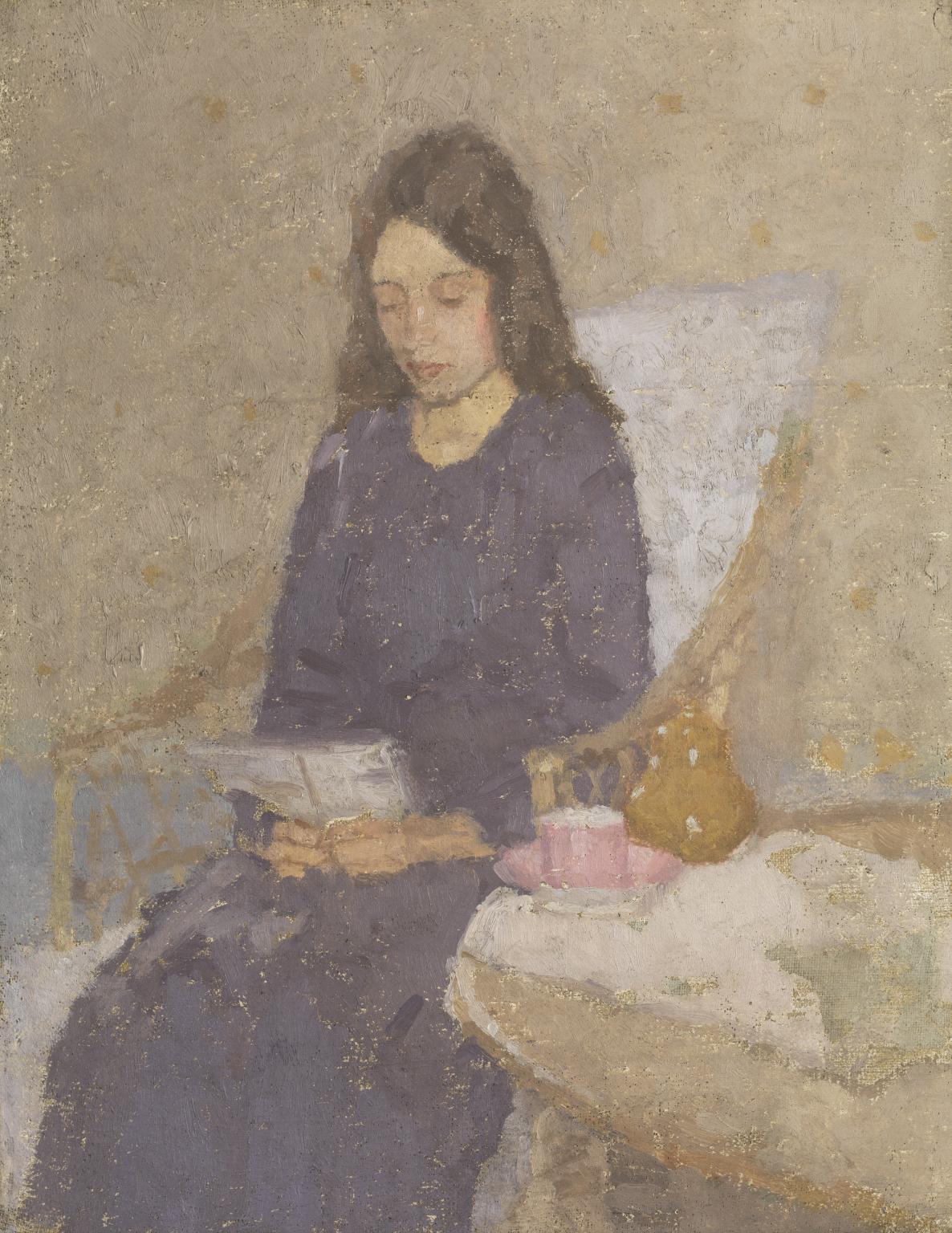Father of Modern Art: Paul Cézanne
January 19th marks the birthday of one of the prominent French artists of Post-Impressionism – Paul Cézanne. He is often regarded as the father of...
Valeria Kumekina 5 June 2024
Have you ever heard of Gwen John before? She was a painter from Wales following the Post-Impressionist style. The compositions of her artworks are tranquil and the color palette is very bright. Read more about her!

Gwen John studied art at the Slade School of Art together with her brother Augustus. However, they were complete opposites artistically. Contrary to Augustus, she lived a reclusive life and favored introspective subjects.

After her studies at Slade, John moved to Paris to study art under Whistler. In 1899 she returned to London for a short period, then in 1904 she settled permanently in France. She lived first in Paris where she earned her living modeling for other artists. This is how she met Auguste Rodin who became her lover but, after the unsuccessful end of their affair, she lived alone. From 1911 she lived in Meudon, on the outskirts of the city where she spent most of her life. Her paintings depict her solitude, as she often painted her empty room in the attic. However, the paintings do not have an atmosphere of loneliness, or sadness, rather they are contemplative and calm.

In 1913 John converted to Catholicism and she said:
My religion and my art, these are my life.
Gwen John, Art UK.
Most of her paintings are studies of single figures (typically girls or nuns, many self-portraits) in interiors, which in a sense remind me a lot of Vermeer. They are equally sensitive, restrained, and delicate.

During her lifetime she had only one exhibition at the New Chenil Galleries, London in 1926. She was little known and in her final years she lived virtually like a hermit. Her brother prophesied that one day she would be considered a better artist than him. Maybe it actually came true?
DailyArt Magazine needs your support. Every contribution, however big or small, is very valuable for our future. Thanks to it, we will be able to sustain and grow the Magazine. Thank you for your help!